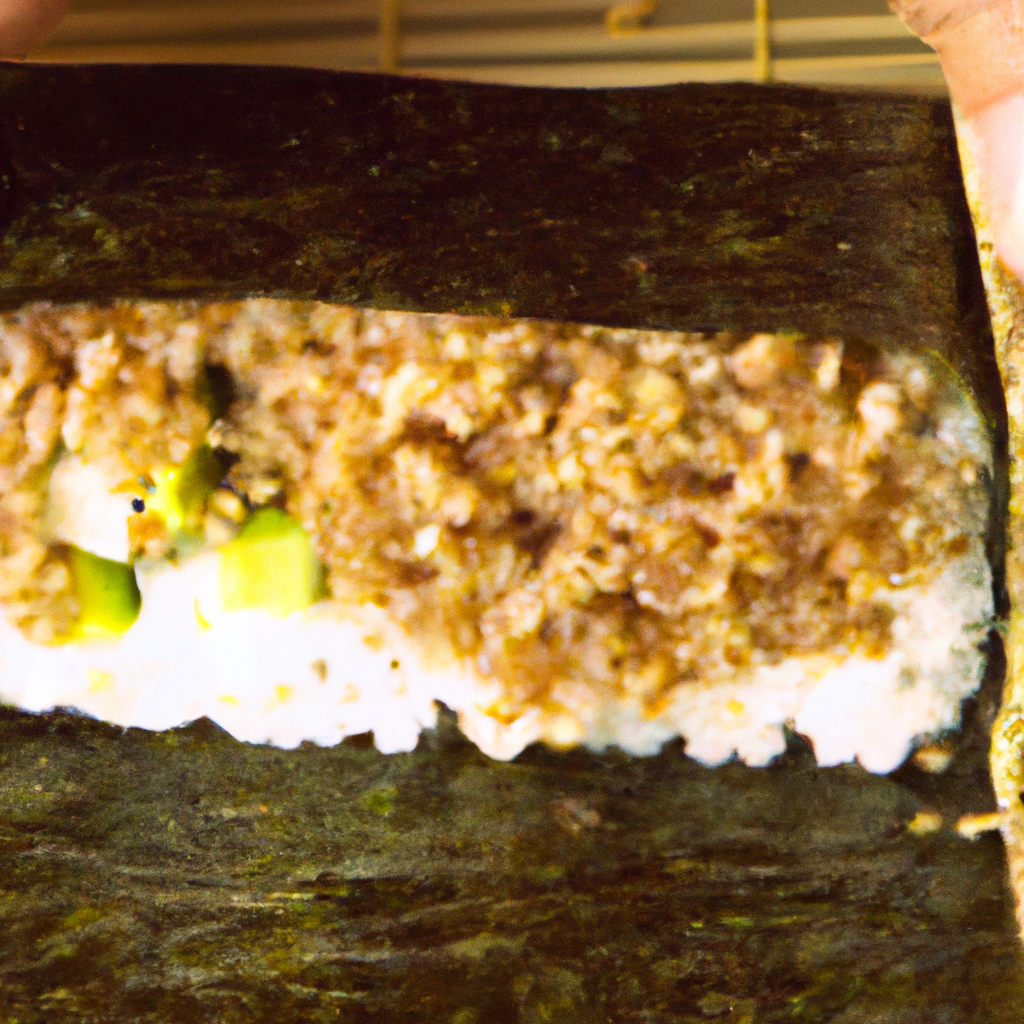Sushi is one of the world’s most popular Japanese dishes, consisting of rice, vegetables, and raw fish that are rolled and wrapped in seaweed. It is a dish that has been enjoyed by millions of people worldwide, and its popularity continues to grow. But what is the process of making sushi? In this article, we will explore the sushi making process, sushi preparation, traditional sushi making, sushi recipes, sushi ingredients, and sushi techniques.
Sushi Making Process
The sushi making process is a delicate and intricate process that requires patience and precision. The first step in making sushi is to prepare the sushi rice. This involves cooking the rice in a rice cooker or on the stove and then seasoning it with vinegar, sugar, and salt. Once the rice is ready, it is spread out on a flat surface and allowed to cool.
Next, the sushi ingredients are prepared. This may include raw fish, vegetables, or other ingredients such as tofu or cooked shrimp. The ingredients are then sliced into thin strips or cubes and arranged on top of the sushi rice.
Once the ingredients are prepared, the sushi is rolled. This involves placing a sheet of seaweed, known as nori, on top of the sushi rice and ingredients. The sushi is then rolled tightly, using a bamboo sushi mat, to create a compact roll.
Finally, the sushi roll is sliced into individual pieces, usually 6-8 per roll, and served with soy sauce, wasabi, and pickled ginger.
Sushi Preparation
Before making sushi, it is important to prepare the ingredients properly. Raw fish should be fresh and of high quality, and vegetables should be washed and sliced thinly. It is also important to have all the necessary equipment on hand, including a bamboo sushi mat, sharp knives, and a rice cooker.
To prepare the sushi rice, rinse the rice thoroughly before cooking to remove excess starch. Once the rice is cooked, add a mixture of vinegar, sugar, and salt to give it a sweet and sour flavor. The rice should be allowed to cool before using in sushi.
Traditional Sushi Making
Traditional sushi making involves using only the freshest and highest quality ingredients, including raw fish and vegetables. The sushi is rolled tightly using a bamboo mat and served with soy sauce, wasabi, and pickled ginger. Traditional sushi making requires skill and precision, and it may take years of practice to master.
Sushi Recipes
There are countless sushi recipes to choose from, ranging from traditional sushi rolls to more modern variations. Some popular sushi recipes include California rolls, spicy tuna rolls, and dragon rolls. Sushi can also be made with cooked ingredients, such as shrimp or chicken, for those who prefer not to eat raw fish.
Sushi Ingredients
Sushi ingredients can vary depending on the recipe and personal preferences. Some common sushi ingredients include:
– Raw fish (tuna, salmon, eel, etc.)
– Vegetables (cucumber, avocado, carrot, etc.)
– Rice
– Seaweed (nori)
– Wasabi (Japanese horseradish)
– Soy sauce
– Pickled ginger
Sushi Techniques
There are several techniques involved in making sushi, including:
– Rolling: Rolling the sushi tightly using a bamboo mat
– Slicing: Slicing the sushi into individual pieces using a sharp knife
– Filling: Arranging the ingredients on top of the sushi rice
– Seasoning: Seasoning the rice with vinegar, sugar, and salt to give it a sweet and sour flavor
Conclusion
In conclusion, the process of making sushi involves several steps, including preparing the rice and ingredients, rolling the sushi, and slicing it into individual pieces. Traditional sushi making requires skill and precision, and there are countless sushi recipes and ingredients to choose from. Whether you are a sushi enthusiast or a beginner, understanding the sushi making process and techniques can help you create delicious and authentic sushi at home.







